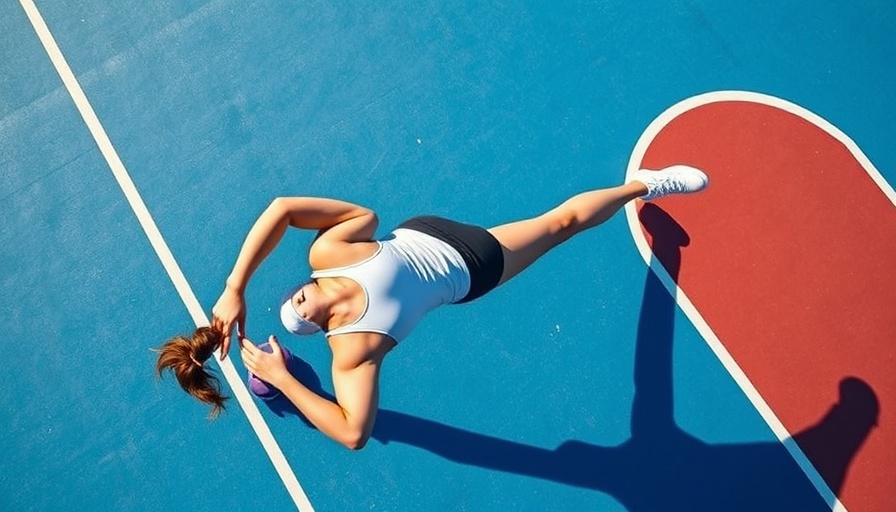
Discover the Best At-Home Stretches to Enhance Flexibility and Well-Being
Flexibility isn't just for yogis or athletes; it's a vital part of overall physical fitness. Stretching regularly can lead to significant improvements in posture, reduction in muscle tension, and greater range of motion. Beyond these physical benefits, the peace and relaxation that come with stretching can also enhance overall well-being.
Top 10 Stretches for All Levels – Simple Yet Effective
If you're looking to improve flexibility, try incorporating these ten stretches into your routine. They’re designed to be accessible for everyone, requiring no special equipment and easily performed at home.
1. Standing Hamstring Stretch: This basic stretch is effective in lengthening the hamstrings and alleviating lower back tension. Simply stand with your feet hip-width apart, bend forward at your hips towards your toes, and maintain a slight bend in the knees.
2. Cat-Cow Stretch: This sequence provides a gentle spinal warm-up. On all fours, alternate between arching your back (Cow Pose) and rounding it (Cat Pose) with mindful breathing.
3. Seated Forward Fold: Great for stretching the spine, shoulders, and hamstrings. Sit with extended legs, hinge at the hips, and reach for your feet. A strap can aid those with tight hamstrings.
4. Butterfly Stretch: This involves sitting with feet together and knees dropped out to the sides, pressing gently for an inner thigh and hip opener.
5. Downward-Facing Dog: Known for toning while stretching various muscles, start on all fours and lift your hips to form an inverted V.
6. Child’s Pose: A restorative position that stretches the hips, thighs, and spine. Begin kneeling, sit back on the heels, and stretch arms forward.
Unique Benefits of Integrating Stretching into Daily Life
Incorporating these stretches into your daily routine can lead to noticeable changes. Regular stretching not only aids in increasing your flexibility but also plays a crucial role in relaxation. The physical act of stretching encourages mindfulness, reducing stress and increasing energy levels. For those who work long hours, even brief stretching sessions can enhance alertness and productivity.
Actionable Insights and Practical Tips for Beginners
Starting a stretching routine can be daunting, but consistency is key. Begin by dedicating just five minutes each day to your stretching practices, gradually increasing the time as you become more comfortable. Utilize resources like video tutorials for exercises like Downward-Facing Dog to ensure proper technique, which maximizes benefits and prevents injury.
Inspirational Quotes and Anecdotes: Motivation Through Motion
A wise saying goes, "Flexibility makes buildings to be stronger, imagine what it can do to your body." Embrace the process and celebrate your progress. Many have shared how a regular stretching routine shifted their perspective, not just enhancing flexibility but improving overall lifestyle and well-being.
 Add Row
Add Row  Add
Add 




Write A Comment